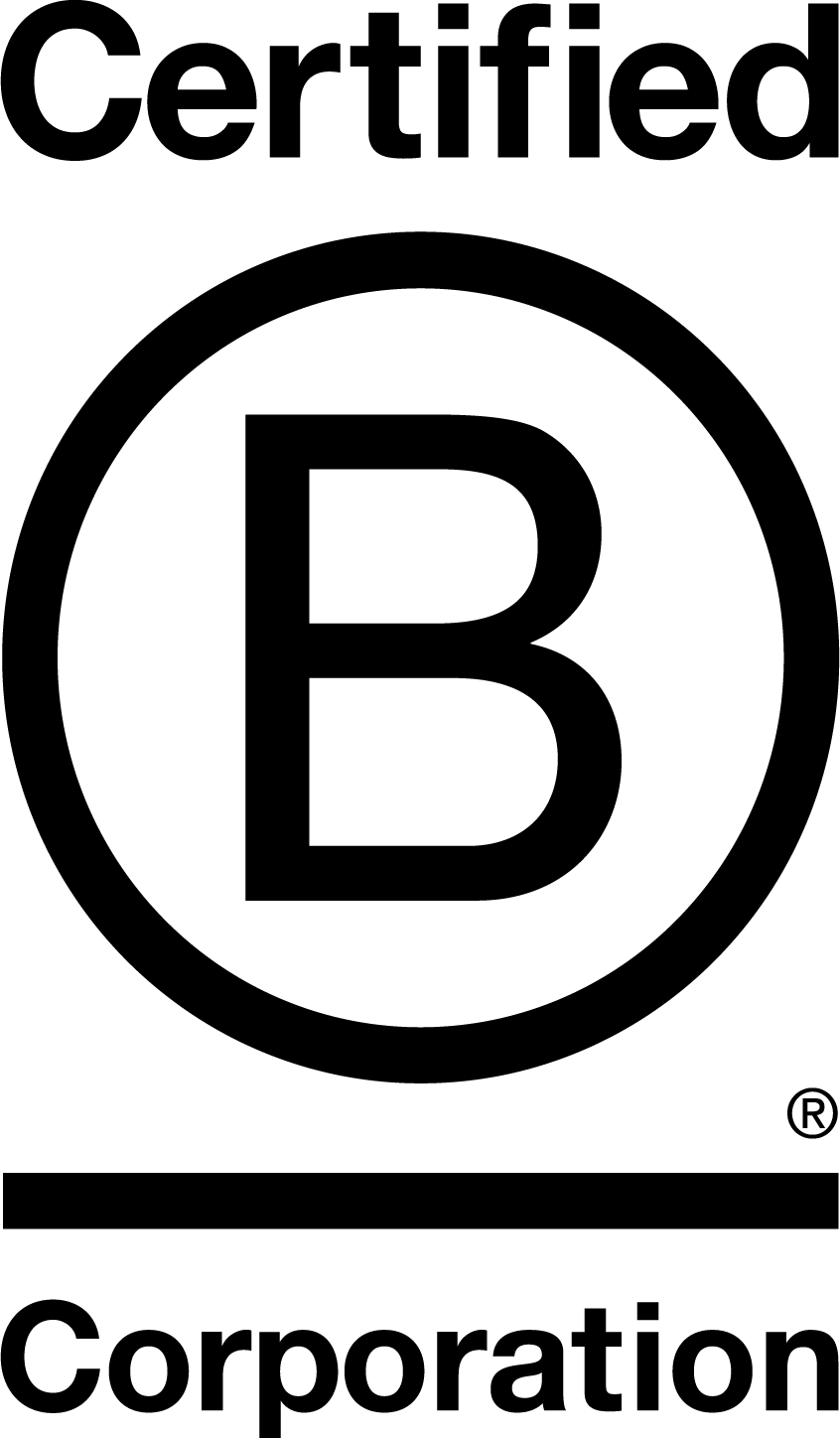In today’s fast-paced and highly competitive work landscape, burnout has emerged as a significant concern affecting employees across various industries. Characterized by chronic physical, emotional, and mental exhaustion due to prolonged stress, burnout can have severe implications for both individuals and organizations. However, with a proactive and comprehensive approach, employers and employees can collaborate to recognize, prevent, and effectively address burnout in the workplace. This blog post delves into practical and actionable tips to create a healthier work environment that prioritizes well-being and productivity.
What is Burnout?
Burnout is a complex and debilitating psychological state that arises from chronic and unrelenting stress, often stemming from prolonged exposure to demanding work environments or overwhelming personal responsibilities. It is characterized by a profound sense of exhaustion, both physical and emotional, that leaves individuals feeling drained and depleted.
Burnout can negatively impact mental and physical health, leading to symptoms such as insomnia, headaches, irritability, and a weakened immune system. Recognizing burnout as a serious occupational hazard is essential, as addressing it requires a multifaceted approach encompassing self-care, organizational support, and proactive stress management techniques.
Recognizing the Signs of Burnout
The journey to addressing burnout in the workplace begins with recognizing its subtle signs and symptoms. While these indicators may manifest differently in each individual, some common warning signs include:
• Persistent Fatigue: A constant feeling of tiredness and lack of energy, regardless of adequate rest.
• Decreased Performance: A noticeable decline in work performance, quality, and efficiency.
• Emotional Exhaustion: Feeling emotionally drained, detached, and indifferent towards work tasks.
• Physical Ailments: Frequent headaches, sleep disturbances, muscle tension, and other stress-related physical symptoms.
• Cynicism and Negativity: Developing a negative attitude towards work, colleagues, and the organization.
• Reduced Engagement: Diminished enthusiasm and engagement in work-related activities.
By being attuned to these signs, individuals and employers can intervene early and prevent burnout from escalating into a more severe condition.
Strategies for Preventing Burnout in the Workplace
1. Encouraging Work-Life Balance
Promoting a healthy work-life balance is a cornerstone of effective stress and burnout prevention within a company. To achieve this, employers can take several crucial steps.
First and foremost, setting clear boundaries for work hours communicates the expectation that employees should have dedicated time for rest and personal activities. Discouraging excessive overtime sends a strong message that sustained productivity is valued over constant availability.
Additionally, embracing flexible work arrangements, such as remote work options or compressed workweeks, empowers employees to tailor their schedules to their unique circumstances, reducing the pressure to balance work and personal commitments.
Encouraging regular breaks and vacations further underscores the importance of rejuvenation, helping employees return to their roles with renewed energy and focus.
By actively fostering work-life balance, companies demonstrate their commitment to supporting the holistic well-being of their workforce and create an environment where employees can thrive both personally and professionally.
2. Fostering a Supportive Environment
Creating a supportive and nurturing workplace environment is paramount in the battle against stress and burnout. This entails building an organizational culture that places a premium on open communication and empathy. By actively cultivating an environment where employees feel empowered to voice their concerns, whether related to workload, personal challenges, or career aspirations, a company fosters a sense of trust and belonging.
Regularly recognizing and celebrating achievements, regardless of their scale, has a profound impact on morale, instilling a sense of accomplishment and reinforcing the notion that individual contributions are valued. Furthermore, mentorship programs serve as powerful tools for professional growth and development. Pairing experienced team members with junior colleagues not only imparts valuable skills and knowledge but also establishes a sense of camaraderie and support.
In embracing such initiatives, companies forge a community that not only guards against burnout but also flourishes through collaboration, shared accomplishments, and a genuine commitment to the success and well-being of each team member.
3. Promoting Stress Management Techniques
Nurturing employees’ mental and emotional well-being requires a proactive approach to stress management within the workplace. Offering a range of targeted resources can make a substantial difference. Granting access to counseling services provides a safe space for employees to navigate challenges and seek professional guidance when needed.
Complementing this, wellness workshops can impart practical tools and techniques to manage stress effectively, empowering individuals with strategies they can apply both at work and in their personal lives. Organizing mindfulness sessions, yoga classes, or meditation workshops goes a step further in promoting mental clarity and relaxation. These practices equip employees with valuable skills to remain centered amidst the pressures of their roles.
Recognizing the undeniable link between physical health and stress reduction, providing on-site gym facilities or collaborating with local fitness centers encourages regular physical activity. Engaging in exercise not only alleviates stress but also boosts mood, fostering a sense of overall well-being.
By creating a comprehensive framework of stress management resources, a company positions itself as a partner in employees’ holistic health journeys, reinforcing the notion that their welfare is a top priority.
4. Empowering Autonomy and Purpose
Empowering employees to thrive and contribute meaningfully hinges on embracing a culture of ownership and purpose. Delegation of responsibilities emerges as a powerful tool, not only in distributing workloads but also in cultivating a sense of accountability and autonomy. By entrusting individuals with tasks aligned to their strengths and expertise, companies signal that they believe in their capabilities, fostering a positive cycle of confidence and achievement. Additionally, aligning individual roles with the overarching organizational mission and values instills a sense of connection and collective purpose. When employees see the direct impact of their efforts on the company’s larger goals, their motivation is elevated, and their work takes on newfound significance.
Recognizing the intrinsic link between passion and performance, companies can further tap into their workforce’s potential by encouraging participation in projects that resonate with personal interests. This not only sparks enthusiasm but also results in higher levels of engagement and innovation. When individuals are genuinely passionate about their tasks, they are more likely to invest time and effort to excel, which in turn creates a positive ripple effect throughout the organization.
By integrating these strategies, a company cultivates an environment where each employee is an active contributor, driven by ownership, purpose, and passion. In doing so, it not only safeguards against burnout but also lays the foundation for a dynamic, motivated, and harmonious workforce that is committed to the long-term success of the organization.
Taking Action as Individuals
1. Setting Boundaries
Creating well-defined boundaries is a cornerstone of maintaining a healthy work-life balance. Start by clearly articulating your work hours and ensuring that your colleagues and supervisors are aware of your availability during these times. This not only establishes expectations but also communicates your commitment to allocating time for personal life. Prioritizing personal time is equally critical; it involves intentionally carving out moments for activities that nurture your well-being. Engaging in hobbies that spark joy and relaxation outside of work not only fosters a sense of fulfillment but also offers a mental respite from professional pressures. By drawing a clear line between work and personal life, you safeguard your mental and emotional equilibrium, cultivating an environment that supports sustained productivity and prevents burnout.
2. Seeking Support
Recognizing the power of seeking support is an act of strength, not vulnerability. When the weight of overwhelming circumstances sets in, reach out to a diverse network for guidance and solace. Colleagues, friends, and mentors can offer valuable perspectives, practical advice, and a listening ear. Sharing your concerns not only alleviates the burden but also cultivates a sense of unity within your social circle. Moreover, seeking professional help, such as counseling or coaching, is a proactive step towards developing effective coping mechanisms and strategies. Don’t hesitate to ask for help or guidance when needed; it demonstrates your commitment to personal growth and resilience. This practice of seeking support weaves a safety net that shields you from burnout, nurturing your mental health and contributing to a culture of compassion within the workplace.
3. Practicing Self-Care
Self-care is an investment in your overall well-being, acting as a foundation for a thriving and balanced life. Consistently incorporating regular exercise, balanced nutrition, and sufficient sleep into your routine forms the bedrock of physical health. Regular physical activity not only boosts your energy levels but also releases endorphins that combat stress. Nourishing your body with nutritious foods further enhances your cognitive function and emotional resilience. Additionally, self-care extends beyond the physical realm to encompass your emotional and mental health. Engaging in hobbies and leisure activities that resonate with your interests and passions provides a healthy outlet for stress and fosters a sense of fulfillment. These activities act as a buffer against work-related stressors, allowing you to recharge and return to your tasks with renewed focus. By tending to your holistic well-being through self-care practices, you empower yourself to navigate challenges with grace and maintain a sustained sense of vitality.
Addressing burnout in the workplace requires a multi-faceted approach that combines efforts from both employers and employees. By recognizing the signs of burnout, promoting work-life balance, fostering a supportive environment, advocating stress management techniques, and empowering individuals with autonomy and purpose, organizations can create a culture that nurtures well-being and enhances overall productivity. It’s crucial to remember that preventing burnout not only benefits employees’ mental and physical health but also contributes to a thriving, innovative, and sustainable work environment.
Written by Nadège Geuens
This website stores cookies on your computer. These cookies are used to collect information about how you interact with our website and allows us to remember you. We use this information in order to improve and customize your browsing experience and for analytics and metrics about our visitors both on this website and other media. To find out more about the cookies we use, please see our Informativa sulla privacy.















